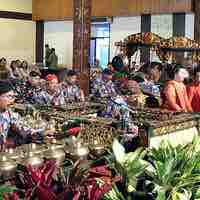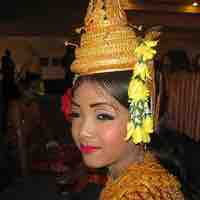Chapter 11
Art of South and Southeast Asia Before 1200 CE
By Boundless
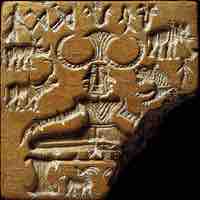
The Indus Valley Civilization was an urban civilization from 3300-1300 BCE that covered most of present-day Pakistan and northwest India.
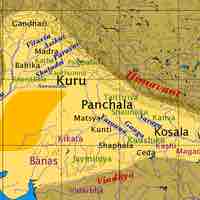
The Vedic period in India (c. 1700 - 500 BCE) is marked by the composition of the Vedas, the oldest scriptures of Hinduism.
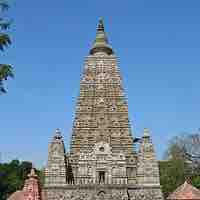
The Maurya Dynasty was an extensive empire that occupied all of northwestern India from 321-185 BCE.

A stupa is a traditional Buddhist monument that houses holy relics associated with the Buddha.
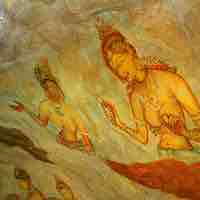
Sri Lankan art and architecture were deeply influenced by Buddhism, which was introduced to the island in the third century BCE.

Rock-cut architecture is the practice of creating a structure by carving it out of solid natural rock.
Buddhist wall paintings could be traced back to the Gupta period and were one of the dominant art forms of the early medieval period in India.
The art styles of Gandhāra and Mathura are noted for their distinctive style of Buddhist art influenced by Greek culture.
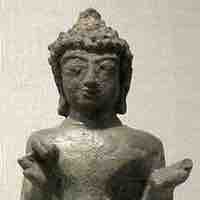
The sculpture of Southeast Asia was heavily influenced by Indian religions and artistic styles.
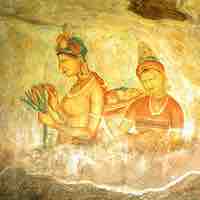
Southeast Asian painting from 300-600 CE mostly took the form of frescoes and reflected Hindu and Buddhist themes.

North Indian temples are often simpler and less orthodox than those in South, and all people are permitted to worship within them.
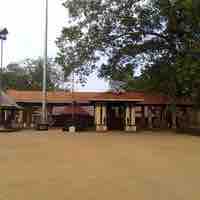
South India gave rise to the Dravida style of architecture and is where most of the largest Hindu temples can be found.
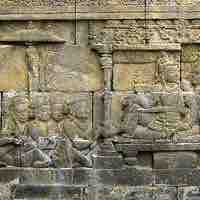
Sculpture and architecture were intimately connected in Southeast Asia, and monumental reliefs were used to decorate the walls of buildings.
